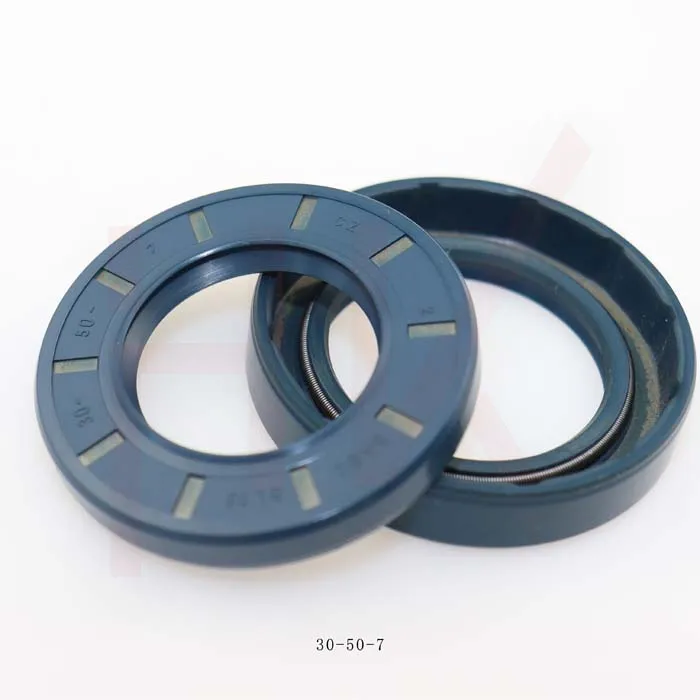Sep . 28, 2024 16:09 Back to list
Exploring High Pressure Lip Seal Applications and Performance in Industrial Settings
High Pressure Lip Seal A Comprehensive Overview
High pressure lip seals are increasingly becoming integral components in various industrial applications. Their ability to prevent leaks, maintain pressure, and ensure the longevity of machinery makes them an essential element in engineering design. To fully understand their function, benefits, and applications, it’s important to delve into the composition, working mechanism, and areas where these seals are most commonly used.
What is a High Pressure Lip Seal?
A high pressure lip seal is a sealing device designed to prevent the escape of fluids or gases from a mechanical assembly under high pressure. Usually made from elastomers or polymers, these seals comprise a flexible lip that conforms to the shaft or housing, creating a tight seal. The lip's design typically includes features that enhance its ability to withstand high pressures while minimizing friction during operation.
Working Mechanism
The effectiveness of a high pressure lip seal lies in its design. When installed, the sealing lip presses against the rotating shaft or the stationary surface, creating a contact area that limits the flow of fluids. The elastic nature of the lip allows it to adapt to minute variations in the shaft's surface, ensuring a tight seal and preventing leaks. Moreover, the design often includes a dynamic and static sealing lip to provide a dual barrier against leaks, making these seals particularly effective in high-pressure environments.
Material Considerations
Materials used in high pressure lip seals are crucial for their performance. Commonly utilized materials include nitrile rubber, fluorocarbon, and silicone, each selected based on the specific requirements of the application, such as temperature resistance, chemical compatibility, and durability. The choice of material directly influences the seal's longevity and its ability to maintain integrity under pressure. Advances in polymer technology have led to the development of specialized materials that enhance the performance of high pressure lip seals in extreme conditions.
Advantages of High Pressure Lip Seals
high pressure lip seal

1. Leak Prevention One of the primary functions of high pressure lip seals is to prevent leaks of fluids and gases, thereby maintaining system integrity and preventing potential hazards.
2. Low Friction The design of these seals ensures minimal friction during operation, which is crucial to enhance the efficiency of machinery and reduce wear on components.
3. Versatility High pressure lip seals can be used in a wide range of applications, from automotive to aerospace, making them highly versatile.
4. Cost-Effectiveness While the initial cost of high pressure lip seals may be higher than traditional seals, their longevity and efficiency can lead to significant cost savings over time due to reduced maintenance and downtime.
5. Customizability Seal manufacturers often offer a range of sizes and specifications, allowing engineers to design custom solutions that meet the specific demands of their applications.
Applications in Industry
High pressure lip seals are found in an array of industries, including automotive, aerospace, oil and gas, and manufacturing. In automotive applications, these seals are commonly used in engines and transmissions, where they help prevent fluid leaks and maintain pressure. In the oil and gas sector, they protect equipment from harsh environments and prevent contaminant ingress. Similarly, in aerospace applications, the need for reliable sealing solutions is paramount due to the extreme conditions faced.
Conclusion
The importance of high pressure lip seals cannot be overstated. As industry standards continue to evolve and the demand for reliability and efficiency increases, these seals will play an ever more critical role in mechanical systems. In summary, high pressure lip seals are essential components that offer numerous advantages, providing effective sealing solutions that can withstand the rigors of high-pressure environments across various applications. As technology progresses, we can expect continued innovations in seal design and materials, further enhancing their capabilities and applications in the industrial landscape.
-
TCN Oil Seal Metal Ring Reinforcement for Heavy Machinery
NewsJul.25,2025
-
Rotary Lip Seal Spring-Loaded Design for High-Speed Applications
NewsJul.25,2025
-
Hydraulic Cylinder Seals Polyurethane Material for High-Impact Jobs
NewsJul.25,2025
-
High Pressure Oil Seal Polyurethane Coating Wear Resistance
NewsJul.25,2025
-
Dust Proof Seal Double Lip Design for Construction Equipment
NewsJul.25,2025
-
Hub Seal Polyurethane Wear Resistance in Agricultural Vehicles
NewsJul.25,2025
-
The Trans-formative Journey of Wheel Hub Oil Seals
NewsJun.06,2025
Products categories
















